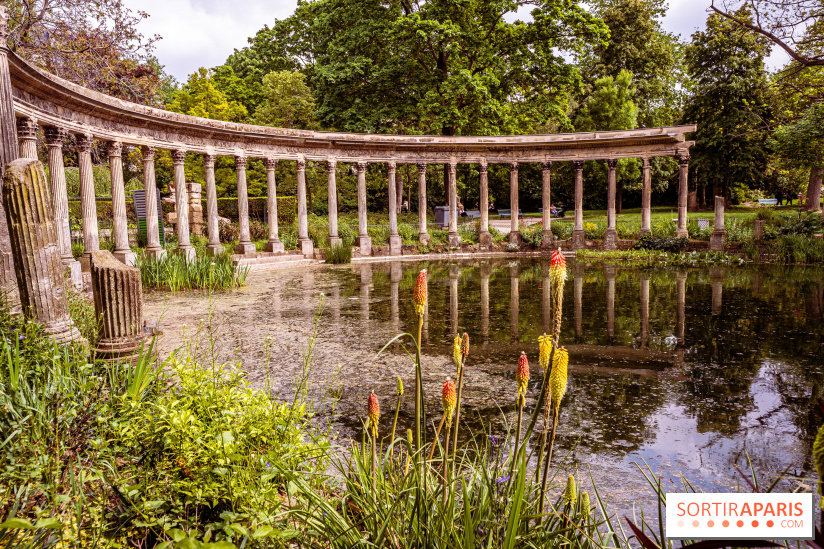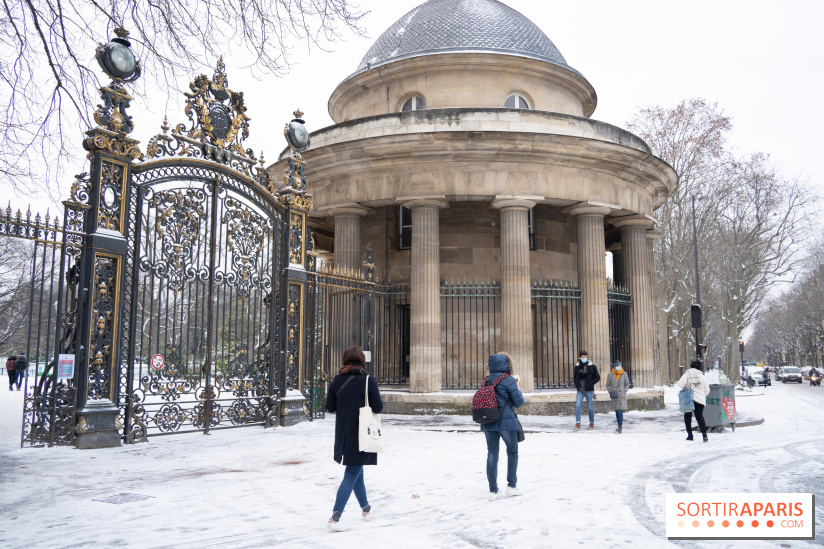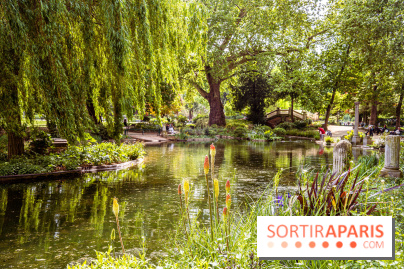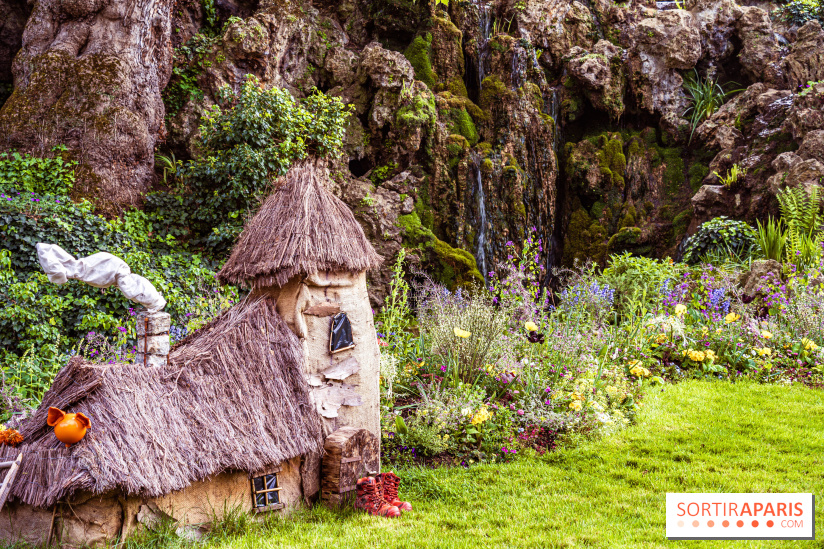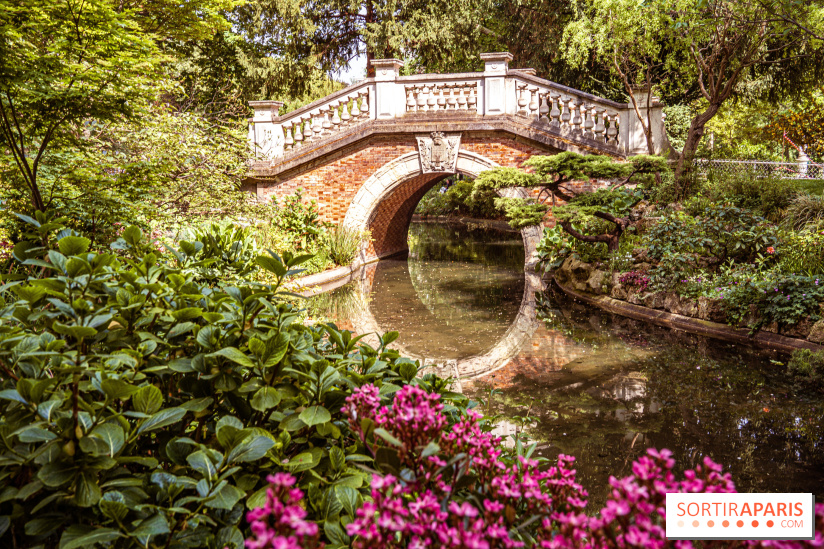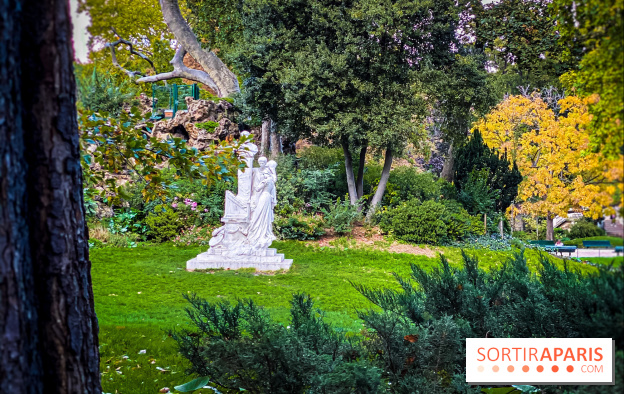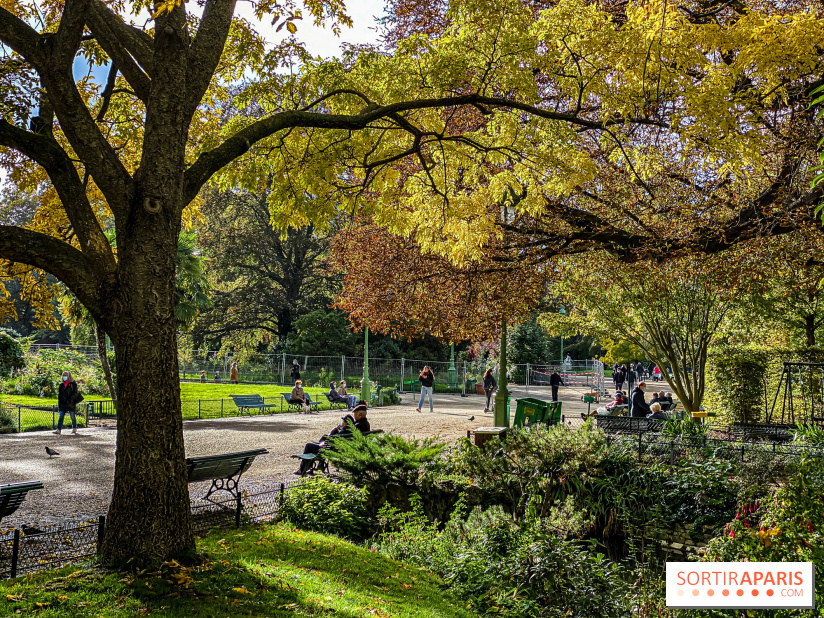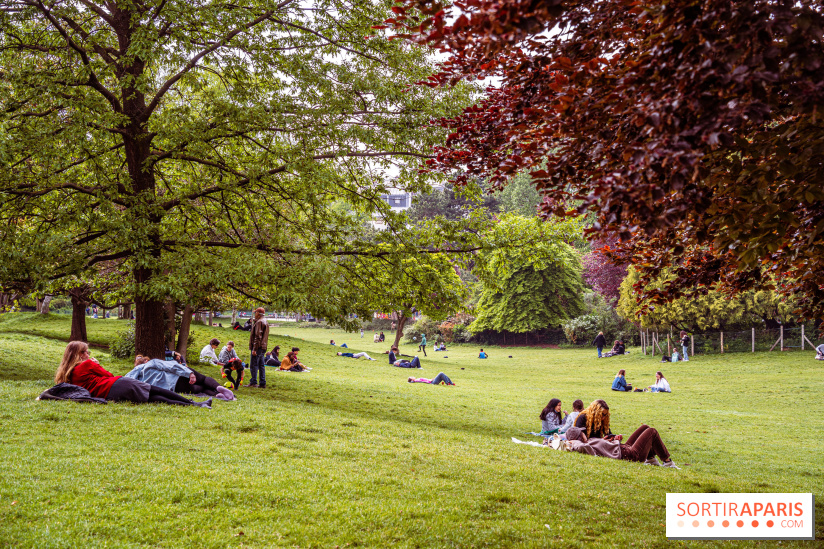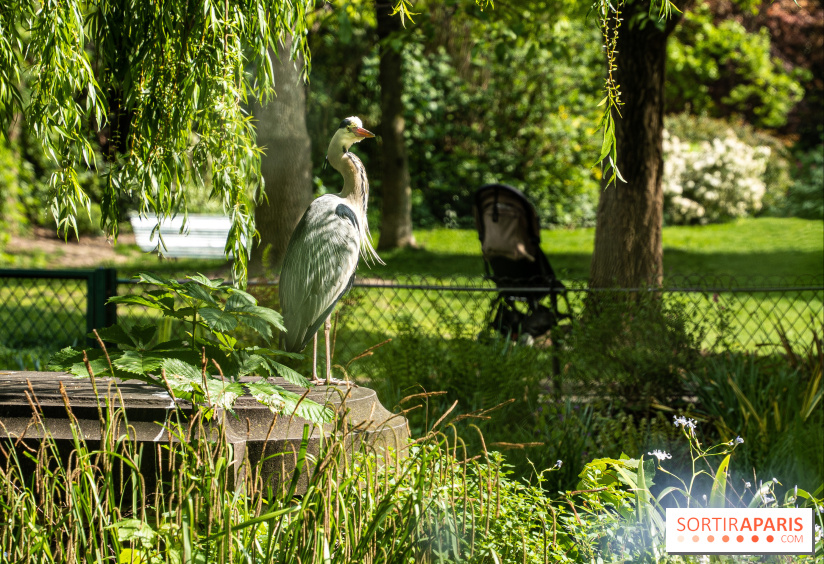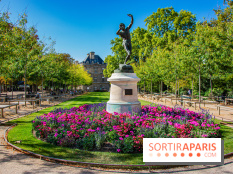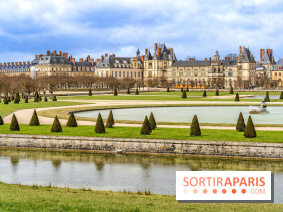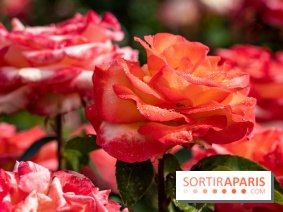For the record, Parc Monceau was once owned by the Duc de Chartres, who commissioned the painter Carmontelle to design a"land of illusion".
Inaugurated in 1775, the park was originally a pavilion surrounded by a formal garden (which no longer exists). It was conceived as a pleasure garden that blends antiquity, exoticism and the Middle Ages, in the image of the reproduction of anEgyptian pyramid and the Naumachia, with its pool surrounded by Corinthian columns, a reference to representations of naval battles in Roman antiquity. These famous columns come from a church in Saint-Denis demolished in 1719.
In 1785, the Minister of Finance Charles-Alexandre de Calonne decided to erect the Fermiers Généraux wall, designed to demarcate Paris and combat smuggling. These walls were combined with Rotondes like the one we know today, designed by Claude-Nicolas Ledoux. At the time, we were on the outskirts of Paris.
Having become national property during the Revolution, it was returned to the d'Orléans family, but did not remain in their hands for long. The State acquired it in 1852. By then, the park's appearance had changed considerably. Financier Pereire had built numerous private mansions on the east, south and west sides, including the Cernuschi ( Asian art) and Nissim de Camondo (18th century) museums. Today, they are part of the prestige of the Plaine Monceau district, but the park was cut in half, from 20 to the present 8 hectares.
The park's designs were modified one last time by engineer Alphand, architect Davioud and horticulturist Barillet-Deschamps, who worked under the orders of Baron Haussmann. In 1861, Napoleon III was finally able to inaugurate the park we know today.
In 1861, a Venetian-style bridge was built. This original-style bridge was built from stone mimicking marble.
Today, Parc Monceau is one of the capital's most beautiful gardens. It is frequented by a very diverse population: mothers and their children, tourists, joggers and the Russian community, who visit the nearby Alexander Nevsky Orthodox Cathedral (1861).
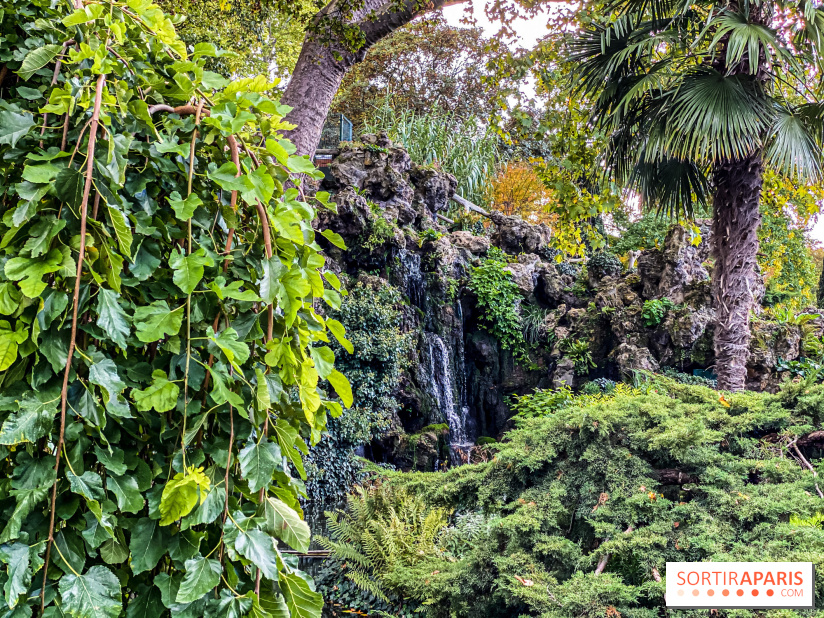



Isolated by a belt of greenery, sumptuous hotels and luxurious buildings, the calm reigns in this large park adorned with numerous marble statues of famous writers and musicians of the era. There's a historic plane tree, planted in 1814 and measuring 7 metres in circumference, and a 30-metre-high sycamore, now the oldest in the district (1853).
Perfect for a romantic stroll or a family outing, this park offers a host of places to relax and enjoy the fine weather and friendly atmosphere. However, malicious tongues will say that it's a victim of its own success, and that it's becoming increasingly complicated to accommodate the different types of people who simply come here for a picnic, a stroll or a game of soccer.
Finally, we can't talk about Parc Monceau without mentioning its astonishing diversity of plant and animal life. It's the green space in the arrondissement with the greatest diversity of birds, attracted by the height of the trees, as well as by the freshness offered by the pond in which carp and other goldfish swim.
In terms of opening hours, Parc Monceau is open from March 27 to April 30, 2022, every day from 7 a.m. to 8 p.m., from May 1 to August 31, 2022, from 7 a.m. to 10 p.m., until 9 p.m. in September and again until 8 p.m. in October. Entrance to the park is via various access roads: boulevard de Courcelles, avenue Vélasquez, avenue Van Dyck and avenue Ruysdael.
Dates and Opening Time
Starts April 27, 2022
Sunday:
open
Monday:
closed
Tuesday:
closed
Wednesday:
closed
Thursday:
closed
Friday:
closed
Saturday:
closed
Location
Parc Monceau
35 boulevard Courcelles
75008 Paris 8
Prices
Free
Recommended age
For all
More information
Parc Monceau opens from March 27 to April 30, 2022, daily from 7am to 8pm, from May 1 to August 31, 2022, from 7am to 10pm, until 9pm in September and again until 8pm in October.
Entrance to the park is via various access roads: boulevard de Courcelles, avenue Vélasquez, avenue Van Dyck and avenue Ruysdael.
